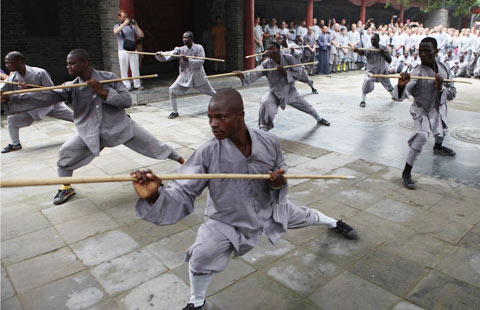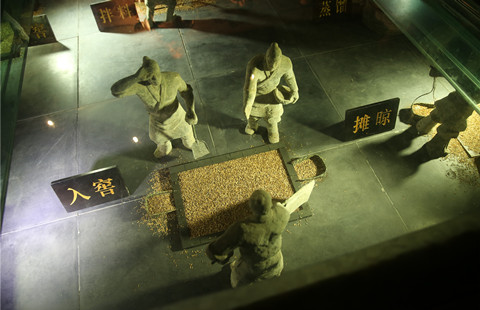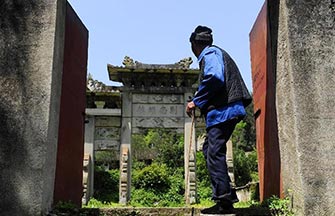Tibetan Opera draws visitors in Nobulingka
( CNTV ) Updated: 2015-08-17 15:10:38
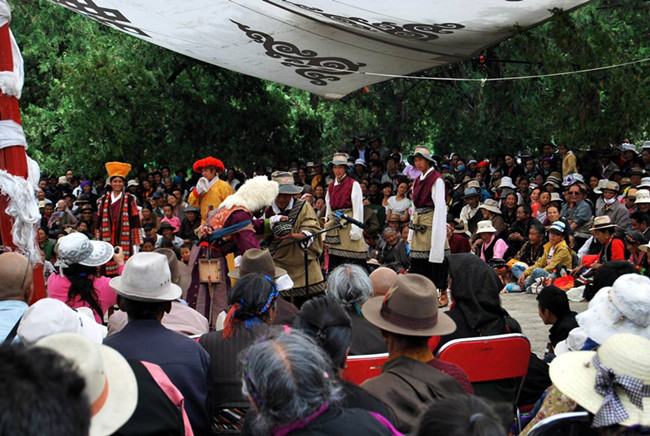 |
|
Every year during the week-long Shoton, or Yogurt Festival, Tibetans head to Nobulingka Park to enjoy Tibetan Opera. [Photo/CNTV] |
Every year during the week-long Shoton, or Yogurt Festival, Tibetans head to Nobulingka Park to enjoy Tibetan Opera. The traditional art form is flourishing on the plateau.
Simple but passionate, this is what has been hailed as "the living fossil of traditional Tibetan culture". It's popular for its distinctive masks, dancing, chants and narration. Tibetan Opera has developed for centuries, some 400 years longer than Beijing (Peking) Opera. Most of its repertoire is based on Buddhist stories and Tibetan history.
Tsering Jila is a performer from the blue-masked Tibetan opera troupe. She's been training for a year, and is part of the new generation inheriting this important folk art.
Tsering Jila said:"I have been dancing from 11:00 this morning to 7:00 this evning. I am very happy." Tibetan opera has become a source of identity for them, and she's hoping more people will join them to preserve the traditional culture.
CCTV reporter can't wait to learn something about this ancient art form. Tibetan opera was originated about 600 years ago. Tibetan people have long cherished this traditional art. And it's said that wherever you find Tibetan people, you will find Tibetan opera. For Jan and his wife Caroline, who came from Germany and are in Lhasa for the first time, watching Tibetan Opera is an unforgettable experience.
"It's so impressive. The costumes, the dancing, even also funny that we can imagine. Though we don't understand a word, it's very impressive. We like it very much," said Jan, German tourist.
Caroline, another German tourist said:"I am also very impressed by the culture. The old Tibetan and the new Tibetan. The fusion of this old-time's tradition stuff and the new Tibetan people enjoying the festival."
Tibetan Opera has been put on UNESCO's World Heritage List. Some believe the art form will have increasingly far-reaching influnce at home and abroad.
|
|
|
|
|
|
|
|
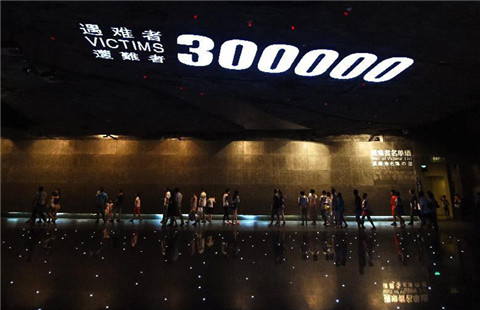


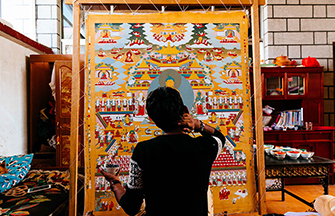




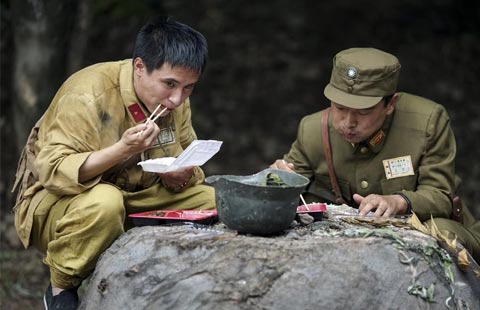









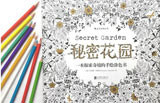


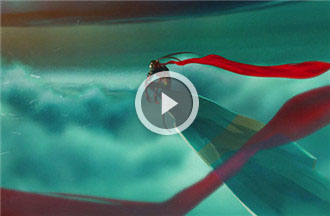

 Raymond Zhou:
Raymond Zhou: Pauline D Loh:
Pauline D Loh: Hot Pot
Hot Pot Eco China
Eco China China Dream
China Dream China Face
China Face
